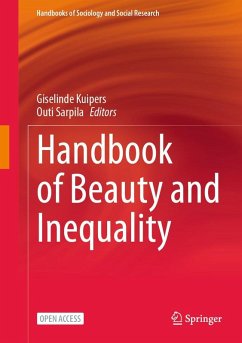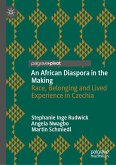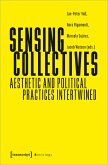This open access handbook offers a state-of-the-art overview of theoretical perspectives, empirical insights and scholarly debates into the relationship between beauty and inequality: how does beauty shape and reproduce social inequalities, and how does social inequality shape appearance and beauty standards? This comprehensive review emerges out of the burgeoning research on appearance and inequality in recent years. The handbook brings together under one volume the widely dispersed research on this topic which uses different concepts, approaches and methods, often without reference to one another. It does so by pulling together knowledge on appearance and inequality from different subfields of sociology, cultural studies, anthropology, gender studies, philosophy, management studies, communication and media studies, economics, legal studies, gerontology, psychology and evolutionary psychology, and creates talking points between and within disciplines. It presents different conceptualizations of beauty, including beauty as morality, capital, stigma, asset, merit and fashion. It also focuses on mechanisms linking beauty to inequality, drawing mainly on quantitative and analytical approaches, and looks at intersections between beauty and various axes of inequality. Finally, the work highlights institutional approaches to various fields in which beauty standards are created and reproduced. The chapters are written by established scholars from a range of disciplines and countries and discuss the literature, while also presenting original empirical research. This is a highly useful and handy resource for anyone interested in learning more about the field.
This exemplary and ambitious Handbook of Culture and Inequality is a timely contribution to our understanding of how beauty operates in our social world. The introduction offers a sharp analytical framework to organize what is a multi-layered interdisciplinary field, while the contributions carefully parse how beauty shapes inequality in fields of activity ranging from teaching, to politics and fashion. This book is certain to become a classic reference for everyone intrigued by the power of beauty.
Michèle Lamont, Harvard University
This exemplary and ambitious Handbook of Culture and Inequality is a timely contribution to our understanding of how beauty operates in our social world. The introduction offers a sharp analytical framework to organize what is a multi-layered interdisciplinary field, while the contributions carefully parse how beauty shapes inequality in fields of activity ranging from teaching, to politics and fashion. This book is certain to become a classic reference for everyone intrigued by the power of beauty.
Michèle Lamont, Harvard University








